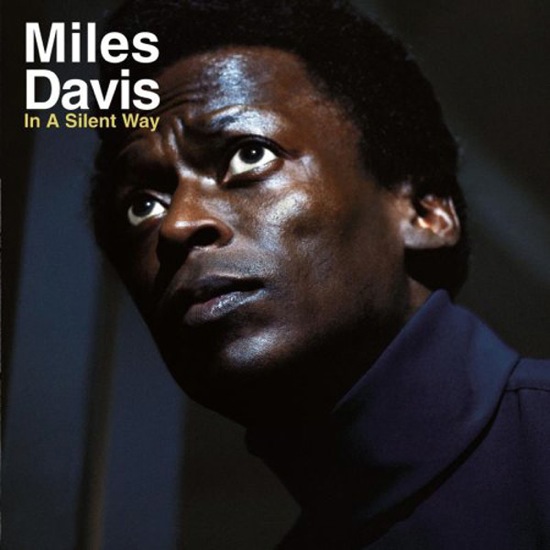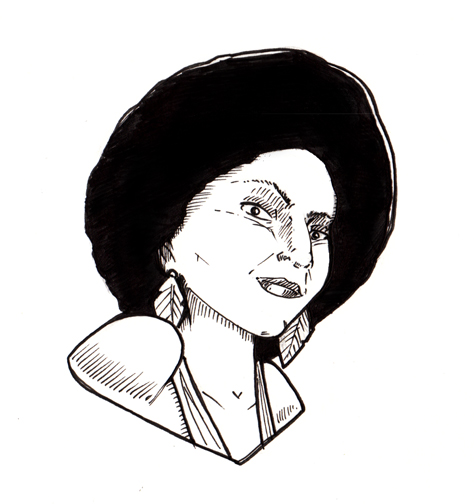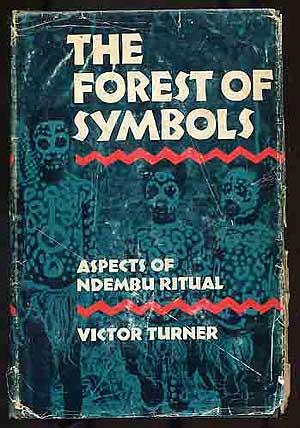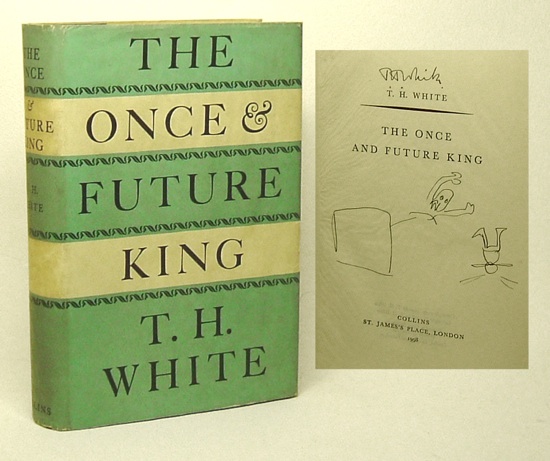Hilo Heroes, May 24-30
By:
May 24, 2009
HAPPY BIRTHDAY, this week, to the following high-, low-, no-, and hilobrow heroes. Click here for more HiLo Hero birthdays.

I know it’s a bold claim, but JOSEPH BRODSKY (1940-96) just might be the greatest poet ever to be rejected by the Soviet School for Submariners. (Tragically, there were no survivors of the School for Human Torches.) He was tried and condemned as a parasite (for writing poetry on the job), sent to a labor camp, then exiled from his home country. You need to force your imagination back to the Cold War to grasp the impact of Brodsky’s poetry, which had the force of moral law — adjudicating from the underground against the dull, grinding edge of a cruel Soviet century. Brodsky saw himself first as a Jew, then as a Russian, and there is something in his sensibility which is almost rabbinical: reasonable, passionate, questioning, tough, rooted, ethical. But it was Anna Ahkmatova’s early patronage of Brodsky which created an unbroken lineage in Russian poetry stretching from the Stray Dog Cabaret to samizdat. — David Smay

MILES DAVIS (1926-91) was the son of a dentist, but visited a primal Oedipal rebellion upon the smug bourgeois sadism of his father’s profession. A dentist, as you know, uses your mouth to cause you pain, embarrassment, and discomfort, whereas Davis used his chops to create an unfolding narrative of modernist beauty that profoundly transformed the musical aesthetics of the 20th Century. His was a restless progression that covered everything from the ’50s cool school to ’70s avant-funk, via some serious modal harmonic innovation and meta-groovy electric experimentation in the ’60s. The greatest “Not-Dentist” of all time doesn’t quite cover Davis’ enduring brilliance, but it’s as close as I’m going to get. — Greg Rowland

PAM GRIER (b. 1949) was the Joan of Arc of late-night UHF-TV, when such a thing still existed. Starting with The Big Dollhouse (1971), a film which absolutely must be seen on drugs to be appreciated fully, Grier built a career around becoming the avenging angel of righteous black female anger at The Establishment, eventually being reintroduced to a new generation by Quentin Tarantino in Foxy Brown (1997). But it was always beneath Grier’s talents to play such a cardboard cutout proxy. Grier on-screen is a glowing vision, and it’s not just because she’s an absolute knock-out. She nearly takes your breath away with her presence. Just standing in a room she walks into must be tough; after all, she’s the “baddest one-chick hit-squad that ever hit town!” — Cartoon and shout-out by Joe Alterio

DASHIELL HAMMETT (1894-1961) invented the crime novel — as distinct from the whodunit or the police procedural — and he came up with a case-hardened, all-weather prose that can be read with pleasure by people of every degree of relative literacy. Each of his distinct five novels spawned a separate legacy. They are by turns witty and brutal, poetic and blunt, cartoonish and profound, as if he was determined to hit every note on the scale at least once. Red Harvest and The Maltese Falcon are sufficiently wired into our brains that it’s possible to forget how radical they were. His sui generis American name and his long, thin, mustached appearance were uncannily exact accessories to his style. It’s sad but not surprising that he burned out by 40; since he muddied his own early trail, the biographies are pretty much all epilogue. — Luc Sante

Trained in a school of doing anthropology that emphasized extended case studies of conflict and process within social structures, VICTOR TURNER (1920-83) did it brilliantly. But Turner was interested in affect as well as structure, turning to Freud and phenomenology — and, late in his life, to neuroscience — for inspiration. In linguistic terms, that is, he became a code-switcher, writing at one moment about the numinous aspects of cultural symbols, then about their structural function. While others followed Levi-Strauss and Geertz in analyzing culture as text, Turner viewed social relations as theater, with unscripted moments that were potential sites of change. Though it’s not generally acknowledged, Turner is a key theoretical progenitor of many of our culture’s most revered countercultural spaces: Woodstock, Lollapalooza, Burning Man. How? He exploded van Gennep’s idea of an interstitial space in all rites of passage into the mega-concept of liminality; he then described that utopian, anomic place where status hierarchies dissolve and creative symbolic manipulation and identity transformation happens and dubbed it communitas. Wannabe Liminals have been seeking communitas ever since. — Tor Aarestad

“To and fro/Stop and go/That’s what makes the world go round…” Ugh. I pity the fool who sees Disney’s 1963 adaptation of The Sword in the Stone (from which these insipid lyrics are quoted) before enjoying its original: the 1938 novel of the same title by British author T.H. WHITE (1906-64). Isn’t retelling English myth a middlebrow activity? Usually, yes. But whereas Tolkien and C.S. Lewis — whom I do enjoy, without admiring so much — write romantic fantasies for grownup kiddies (cf. Michael Moorcock’s critique, “Epic Pooh”), White’s animal farm is as fraught, witty, and politically daring as Orwell’s. Disney’s Sword depicts Wart learning sentimental truisms from cute squirrels; in White’s The Book of Merlyn, a nomadic goose convinces Wart of the merits of Fourier-esque anarchism. Plus: a leather-clad Maid Marian! Colonel Cully, the mad hawk! King Pellinore! Unlike the so-so Harry Potter series, whose author claims White as a key influence, White’s Once and Future King tetralogy demands rereading. Now. — Joshua Glenn

No contemporary soul artist has embraced depression, mental illness, and the Afro-freak legacy of Sun Ra and George Clinton with the frankness, ardor, and musical chops of Thomas Calloway, aka CEE-LO GREEN (born 1974). As a member of The Goodie Mob in the ’90s, Cee-Lo — the son of two ordained ministers — helped make R&B gangsta. He’s since combined hip hop and soul with garage rock and psychedelia, both as a solo artist and as one half (with DJ Danger Mouse) of Gnarls Barkley. The duo’s best-known gimmick — appearing in different complementary costumes for each concert or photo — combines the outré power of drag with the geeky fun of a comic convention. It’s hard to pick which costume combo is my favorite: the hair-metal outfits of Mötley Crüe, Cee-Lo’s glowering Lex Luthor, or, in a jokey take on Fleetwood Mac, Danger Mouse posing as a groom to Cee-Lo’s thickly muscled and tattooed bride. — Jason Grote
BONUS: Here’s a pre-20th-century figure whose influence we recognize at HILOBROW.
My first encounter with MIKHAIL BAKUNIN (1814-1876) was not with the Russian noble, anarchist, and frenemy of Marx, Fourier, and George Sand. Nor was it with his namesake, the scary Russian Other on Lost, but with a cranky, aging doberman pinscher belonging to my friend and mentor Stephen Duncombe. Bakunin the dog nearly bit my wife’s hand off, his way of saying he was tired of her petting him, which seems a fitting parallel to the anti-Marxist author of God and the State. By turns a near-Jeffersonian, a closet authoritarian, an anti-nationalist, and an anti-Semite, there were few hands Bakunin was unwilling to bite — an admirable quality in our toothless age. — Jason Grote
